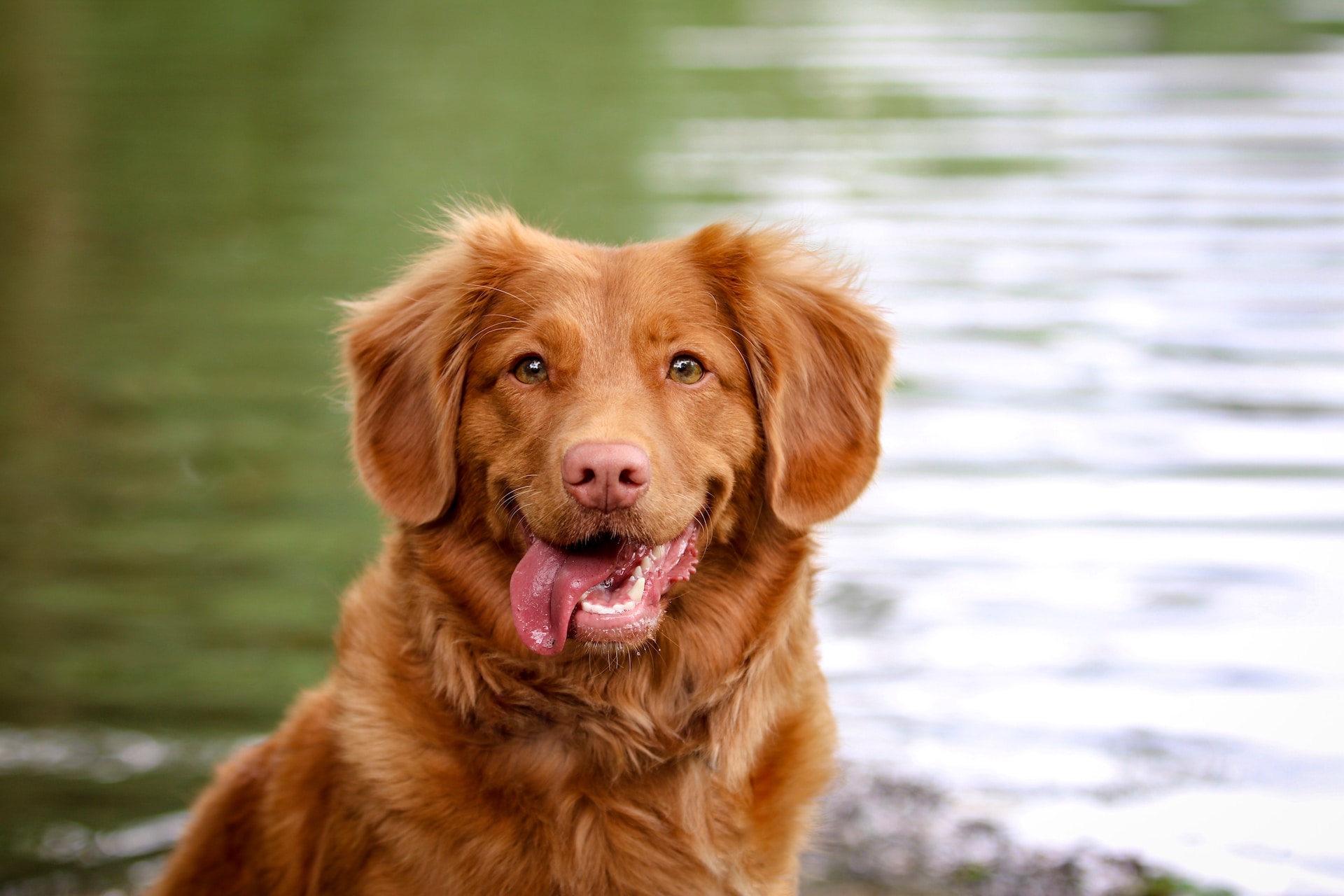
21 Jul What is Tartar, and How Come My Dog and Cat Have so Much of It?
The title of this blog is a common question asked during our dental consults. “Why does my dog/cat have so much tartar” may also be asked if tartar accumulation occurs frequently after a dental cleaning (COHAT). This article will discuss what tartar is, how it forms, how to treat it and minimize its re-occurrence.
What is Tartar, and how does it form?
Tartar, also known as dental calculus, is hardened plaque that forms on the surface of the teeth of dogs, cats, and humans. It is primarily composed of calcium phosphate and other mineral deposits. Tartar develops when plaque, a sticky film containing bacteria, mineralizes and hardens on the tooth surface. Mineralized and hardened plaque is called calculus. Tartar will be referred to as calculus for the remainder of the article.
Plaque forms naturally on the teeth within minutes of a dental cleaning. It will progress with further accumulation due to food ingestion, grooming, and bacteria in the oral cavity. Plaque can be removed by regular brushing or chewing on certain dental treats. However, if plaque is not removed constantly and consistently, it will mineralize and become calculus within a matter of days to weeks. Calculus is more difficult to remove and requires a professional dental cleaning performed by a veterinarian. Calculus cannot be brushed off as with plaque.
Calculus will form over every tooth surface. Most commonly, calculus is present, affecting the cheek side surface of the back teeth of the upper jaw. The upper jaw is also known as the maxilla. Saliva contributes to calculus formation. Salivary glands produce saliva, which enters the oral cavity through salivary ducts. Two of these ducts exit over the area of the maxillary fourth premolar and first molar teeth. Saliva contains minerals and will contribute to calculus formation. Calculus forms more readily on the ‘cheek’ teeth in some patients as it is a saliva-emptying location.
Dogs and cats are prone to calculus formation for several reasons:
- Diet: The type of food and feeding habits can contribute to tartar formation. Wet or canned food may be more likely to stick to the teeth, promoting plaque development. Additionally, feeding soft diets without abrasive action can fail to remove plaque adequately. The exceptions to this are the incisors and canine teeth. These teeth are designed for grasping and prehension rather than chewing foodstuff. Dental diets are not typically effective for cleaning these teeth. Dental diets benefit the premolars and molar teeth, also called ‘cheek teeth.’
- Dental hygiene: Poor dental hygiene practices, such as infrequent or lack of tooth brushing, allow plaque to accumulate and harden into dental calculus. Regular tooth brushing can help prevent calculus buildup. See the blog post on How to Brush Your Dog’s Teeth for additional information.
- Breed and genetics: Some dog and cat breeds are more prone to dental issues, including calculus buildup. Breeds with crowded or misaligned teeth have a higher susceptibility to calculus buildup. Boston Terriers, Boxers, Shih-tzu, Yorkshire Terriers, and Bulldogs are dog breeds that come to mind. Crowding and misaligned teeth allow plaque to accumulate more rapidly between the tooth cusps. Smaller breed dogs, in general, tend to have a higher incidence of periodontal disease than larger breed dogs. An increased propensity for periodontal disease is also seen in felines with shorter faces, such as Persians and Himalayans.
- Age: Tartar accumulation tends to increase with age. Older animals may be more likely to develop tartar due to prolonged exposure to plaque. Teeth age as with all body organs, and there is a need for increased care in general as the individual ages.
Excessive tartar or calculus accumulation can lead to various oral health problems, including gum disease (gingivitis), periodontal disease, bad breath, and eventual tooth loss. The latter is due to chronic periodontal disease. It is essential to prioritize dental care for your pets by providing regular dental cleanings, using appropriate dental products, and consulting with a veterinarian to maintain oral health.
What does calculus do? How does it lead to periodontal disease?
Calculus will continue to build, becoming more prominent in size. When it is present along the gingival margin, gingivitis will ensue. Gingiva is the oral tissue around the base of each tooth. Gingivitis is a gum disease that causes irritation, redness, and inflammation. With chronicity, gingivitis will progress to attachment loss and eventual tooth decay.
How to treat Calculus?
Calculus is treated with a professional dental cleaning alongside full mouth dental imaging. You can schedule a dental cleaning with your pet’s primary care veterinarian or your local veterinary dental specialist. A dental cleaning under anesthesia with full mouth imaging and a detailed exam is a COHAT. See the “What is a COHAT?” blog for additional information. General anesthesia is warranted to obtain imaging and clean the teeth. Any recommended periodontal treatments are typically completed during the COHAT procedure. A veterinary team member will recommend a specific oral home care plan based on your pet’s anesthetized oral exam findings.
Oral home care is essential for the well-being and health of your dog and cat. At Animal Dental Care and Oral Surgery, we are here to help with your pet’s oral health needs.
Images used under creative commons license – commercial use (7/21/2023). Photo by Laula Co on Unsplash

